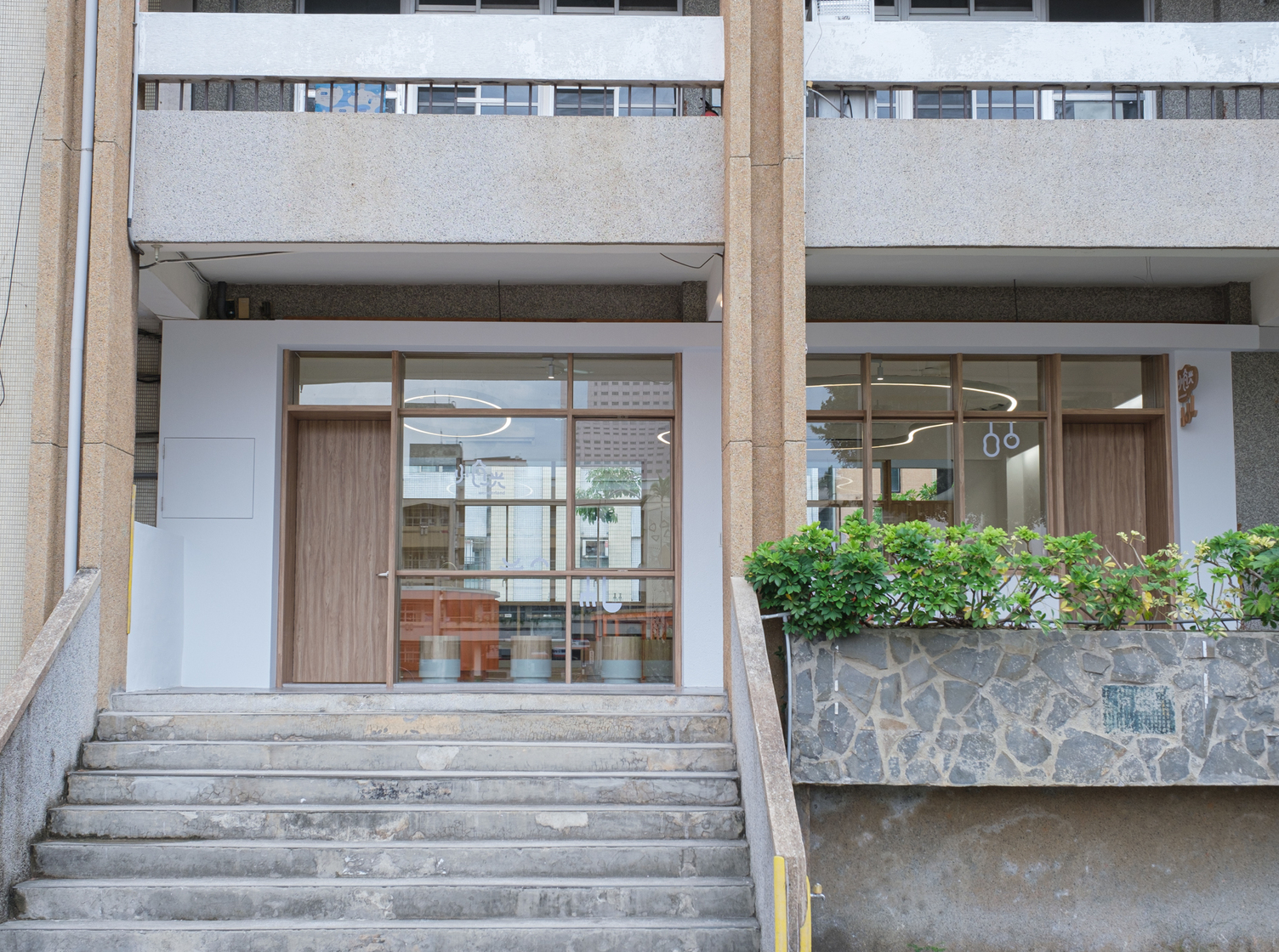Reverse Spatial Impression through Design, Change Life on Campus
-Exclusive Interview with Assistant Professor Lee Wei-Lang, Department of Visual Communication Design of NTUA
“Over the four years of its implementation, ‘Design Movement on Campus’ has expanded from redesign of teaching and activity spaces to transformation of public areas, special subject classrooms, and health centers. Perhaps some cases are not directly associated with teaching, but they are important places in children’s lives, allowing design power to permeate from in-class learning to real-life learning. To me, this is one of the most precious qualities of ‘Design Movement on Campus,’” observed Assistant Professor Lee Wei-lang of Department of Visual Communication Design at National Taiwan University of Arts, a longtime advisor of the “Design Movement on Campus” project.

Introduction of Design Power Enables School Spaces to Keep Pace with Time
Lee Wei-lang has participated in various public space projects, including “New Taipei City Gender Neutral Restroom Mark Interdisciplinary Cooperation Project” and “New Taipei City Dog Waste Bag Dispenser and Bins Interdisciplinary Cooperation Project” and has long been dedicated to the education of design. Based on his rich experience, Lee Wei-lang points out a major pain point in Taiwan’s campus design—the planned aesthetics and practicality of many spaces no longer meet today’s teaching needs. For example, rising environmental awareness has led to changing policies and regulations. Today, people are already accustomed to waste classification and recycling; therefore, in the past, a classroom needed just one garbage bin, but today, there are several waste bins. “Without intervention of design, there will often be several recycle bins placed disorderly in the classroom, and that is why we need to introduce design to let everyone know that some scenes on campus do not necessary have to remain the same all the time.”


Reverse Existing Impression, Enhance Quality of Life on Campus
From this perspective, Lee Wei-lang is especially impressed by the transformation of Taipei Municipal Ren-Ai Elementary School Health Center executed by “MisoSoupDesign.” It turns out that, as time progressed, the health center that used to be known as the “health room,” is now also responsible for health examination of all students in addition to treating injury and sudden illness; however, the existing space at 40 pings (~132.2 square meters) could no longer meet the ever-increasing needs. In light of this, MisoSoupDesign removed partition walls, reorganized traffic flow, laid out storage space, and used warm and tender colors to create a warm atmosphere, so that the health center is no longer a poorly lit medical space with piles of random objects, but a warm and comfortable place.
“In the past, health room was associated with pain and discomfort, as if you could already smell the strong odors of medicines and feel the icy surfaces of iron cabinets even before you entered the room. However, the negative spatial impression has been reversed through the intervention of design, so that people are no longer scared to enter health center,” said Lee Wei-lang. At first glance, this kind of campus transformation has nothing to do with teaching, yet it significantly enhances quality of life on campus, and the children can perceive the power of design in daily life without even noticing.”
In addition to spatial transformation, Lee Wei-lang also points out that, the process of participating in “Design Movement on Campus” is actually itself a kind of learning. “Through cooperation with the design team and TDRI, schools will find out that campus does not have to turn out a certain way; they will also learn how to consolidate their needs and invite professional teams for help, finding innovative solutions.” With this experience, Lee Wei-lang looks forward to schools carrying such experience to other on-campus design and transformation projects in the future, initiating the transformation process from “Design Movement on Campus” and offering campus spaces more diverse imaginations.




